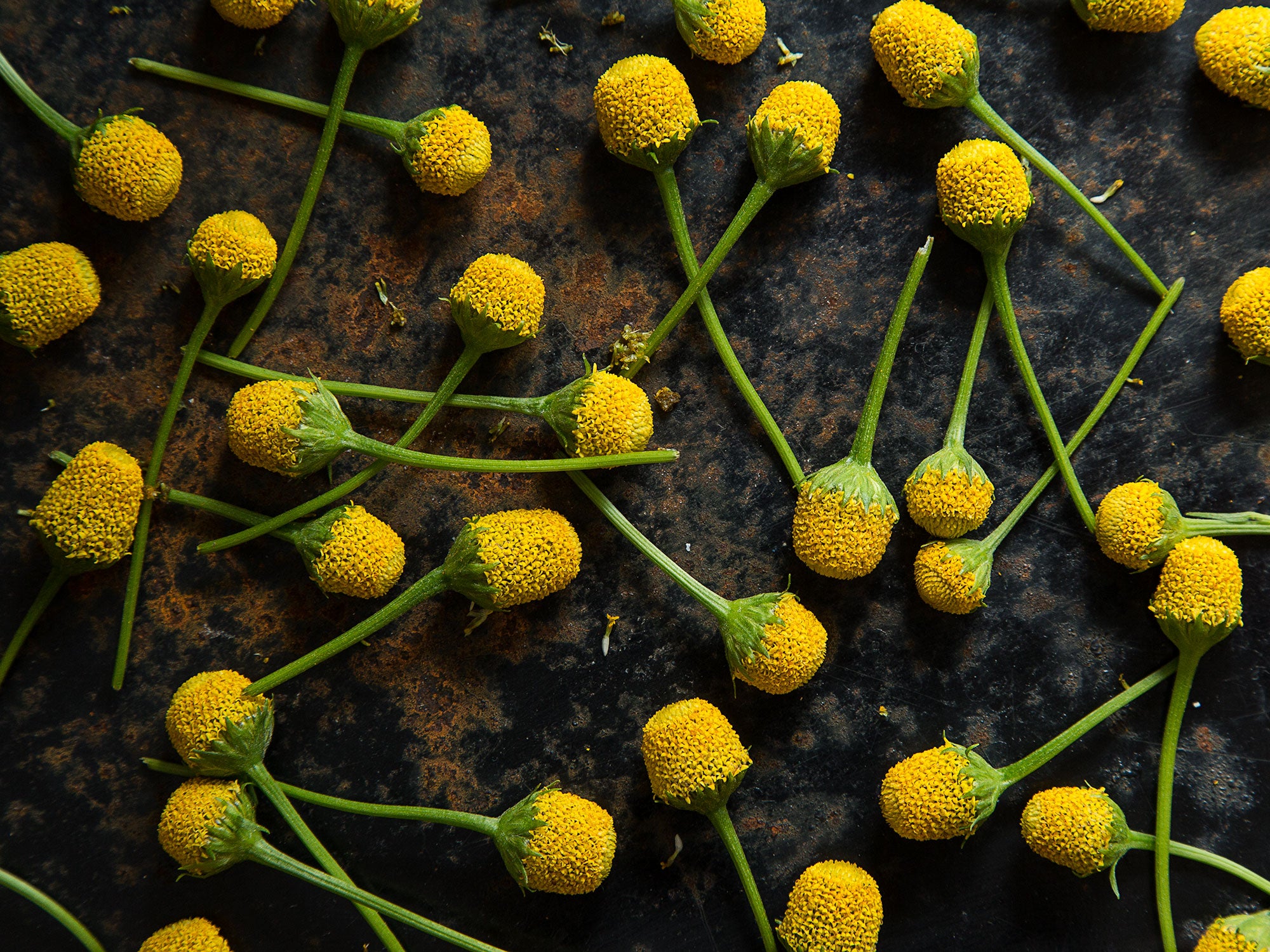A small yellowish flower head of the Spilanthes acmella or Paracress plant, the Sechuan Button (also known as the Sansho button) looks innocent enough; one bite though and you will know its mouth-numbing secret. Long used for medicinal purposes, this South American native is getting a lot of attention lately in the adventurous cooking ingredient category. Listed by Food & Wine magazine recently as one of the “100 Tastes to Try” in 2008, Sechuan Buttons are making the rounds at food trade shows and are finding their ways into U.S. restaurant kitchens.
Cooking Ingredient of the Year
Commonly known by its far less appetizing folk name of “toothache” or “eyeball” plant, these edible flowers have been reborn for culinary use under the trade names of Sechuan Buttons (named by Koppert Cress) and Sansho Buttons (by Sun Grown Organic Distributors). Listed as the 2007 “Cooking Ingredient of the Year” by Esquire magazine and getting press in the Washington Post and other media outlets, these little buds are described less for how they taste and more for how they feel. Described as electric, Sechuan Buttons provide a kick that comes in waves, starting with a fresh citrusy tang, moving to a …


